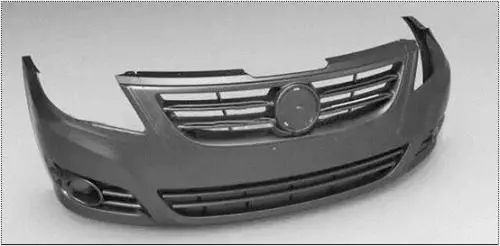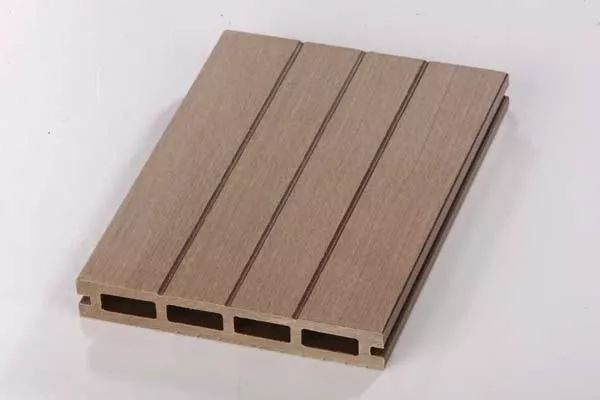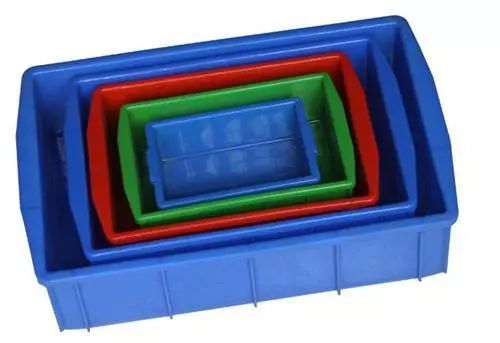1 POE performance and structure
POE’s structural characteristics
Due to the following qualities, POE exhibits great performance and can execute high-speed extrusion:
It has excellent toughness and good processability because of its: (1) soft chain coil structure of octene and the crystallized ethylene chain; (2) narrow relative molecular weight distribution; good compatibility with polyolefins; (3) lack of unsaturated double bond; and (4) strong shear sensitivity and melt strength, which can achieve high extrusion and irradiation temperatures.
(5) Good fluidity can increase the effectiveness of fillers in dispersion while also enhancing the products’ weld line strength.
Performance characteristics of POE POE is made through a process called solution polymerization, in which the resin phase of the polyethylene chain acts as a physical cross-linking point. By adding a small amount of octene, the resin phase of the polyethylene chain is made weaker, resulting in a rubber-elastic non-woven fabric. Zone of styling (phase of rubber). The following are POE’s performance characteristics:
(1) POE has strong physical and mechanical qualities (high elasticity, high strength, high elongation) as well as exceptional low temperature performance due to its relatively narrow relative molecular weight distribution and short chain branching;
(2) POE has good heat aging resistance and UV resistance because its molecular chain is saturated and has just a small number of tertiary carbon atoms. Additionally, the material’s tight relative molecular mass distribution makes it less likely to bend during injection and extrusion processes.
(3) The insertion of long-chain branches into the polymer’s linear, short-chain branching structure may be controlled by constrained geometry catalyst technology, giving POE strong processing rheological characteristics and high transparency.
(4) POE offers the benefits of excellent cost performance, strong low temperature durability, and good affinity with polyolefins.
2 Making use of POE to modify plastic
PP that has been treated with POE
POE is frequently used to toughen PP and increase its impact strength at low and room temperatures. One of the types of PP modified materials with the greatest performance criteria is automobile bumper material. The melt index, hardness, modulus, tensile strength, elongation at break, and other characteristics of PP modified materials must meet specific standards. Now, POE modified PP material is widely used in the domestic vehicle sector. The study’s findings indicate that as POE concentration increases, the PP/POE system’s notched impact strength and elongation at break progressively increase, its hardness gradually drops, and its modulus rapidly falls. When the material’s POE content reaches 15% The thorough mechanical properties are optimal

changed PE by POE
HDPE, LDPE, and LLDPE may all be mixed successfully with POE, which has a clear strengthening impact on LDPE and LLDPE;
HDPE may become more transparent by adding POE, a material with good transparency;
The application range of wood-plastic products is expanded due to the quick improvement in impact strength and elongation at break of POE toughened HDPE;
Because of its high elasticity and strength, the foamed material created by POE modified PE may be utilized to create sticky tapes.

PS changed by POE
The use of PS is still restricted because to its hardness, brittleness, and inadequate heat resistance. Food containers and packaging materials with stringent standards for product appearance can employ styrene-based resin/POE composites. To increase the impact strength and apparent characteristics of the styrene-based resin, POE was added. The samples might be utilized to create electrical devices since they had high impact resistance following mixing, granulation, and injection molding.
PET and PBT modified by POE
PET has certain drawbacks that prevent it from being widely employed as an engineering plastic, including low melt viscosity during processing, delayed crystallization, and poor impact performance at standard plastic production temperatures. The composite material that was altered by grafting POE PET has good heat and impact resistance. Melt mixing is used to create the POE.
When compared to the functionalized POE, which has a strong toughening impact on polybutylene terephthalate (PBT), the ungrafted POE has a minimal toughening effect on PBT. This improves the interaction between the two phases and creates a more balanced blend system. Strength and fortitude, strong overall performance.
POE altered PA
POE has a better impact on toughening nylon under the same toughening agent content and the same compatibilizer content than typical EPDM as a modifier of PA. But PA and POE are incompatible technologies. The most popular compatibilizer in the past was EPDM grafted with maleic anhydride, however due to poor maleic anhydride grafting and conversion rates, compatibilization efficiency was not great. The compatibility and interfacial adhesion between PA and POE may be greatly improved by the POE grafted with maleic anhydride, and the notched impact strength of the grafted mix material is raised to roughly 14 times that of the pure PA material.
Recycling POE modified PP/PE
PP/PE recycled materials or crushed scraps will become exceedingly brittle due to the breakdown or cross-linking of PP or PE recycled materials after reprocessing and cannot be added in significant amounts or utilized directly. Direct injection molding or POE for mixing and granulation are both acceptable. It is utilized in products including plastic pallets, tool boxes, beach chairs, office chair accessories, and turnover boxes and will significantly enhance the performance of PP/PE recycled materials.

3 Using POE recycled materials
Performance-wise, POE regenerated materials are comparable to fresh materials in terms of flexibility but have significantly worse transparency, low elasticity, reduced density, no odor, and low glass embrittlement temperature. Injection molding and modification of various plastics using POE recycled materials primarily increase the toughness, cold resistance, impact resistance, and rip strength of various plastics. Any amount of it may be added, and the result is quite similar to using fresh materials.
Auto components, packaging, municipal engineering and building materials, athletic goods, stationery, toys, and home items are some of the principal application areas for POE recycled materials.
The next issue is how to recycle TPE goods given the widespread use of TPE in the automobile industry. You are invited to join the TPE recycling and regeneration application Technical exchange group if you are considering the topic of TPE recycling or studying the recycling and regeneration application technology of TPE.











